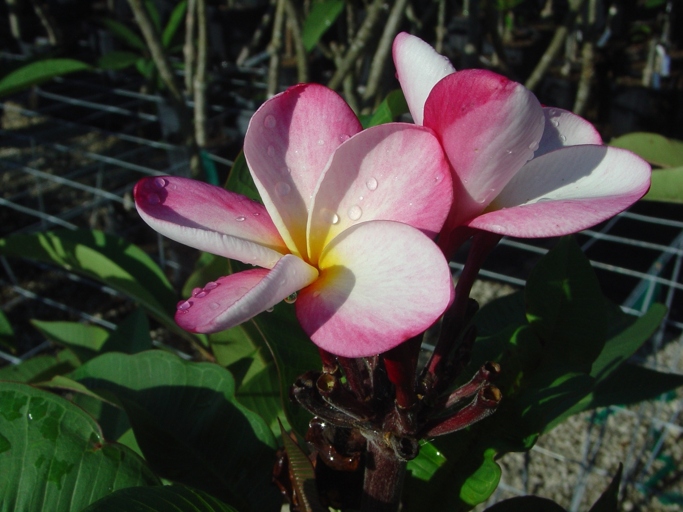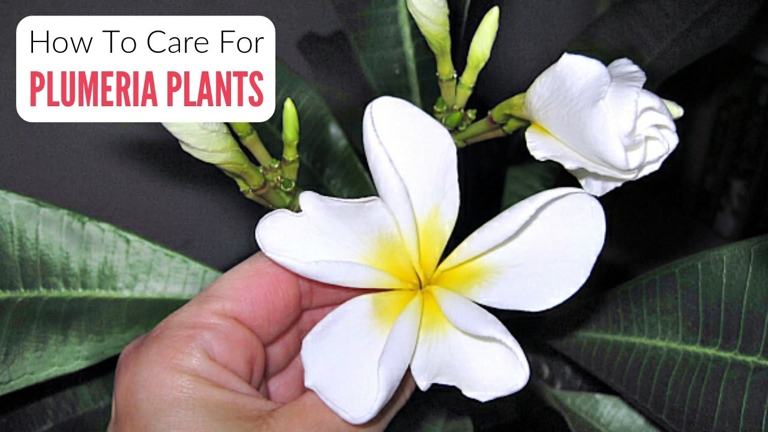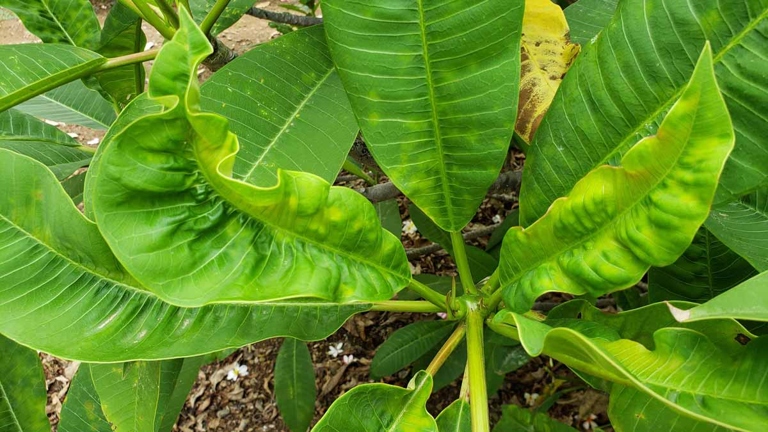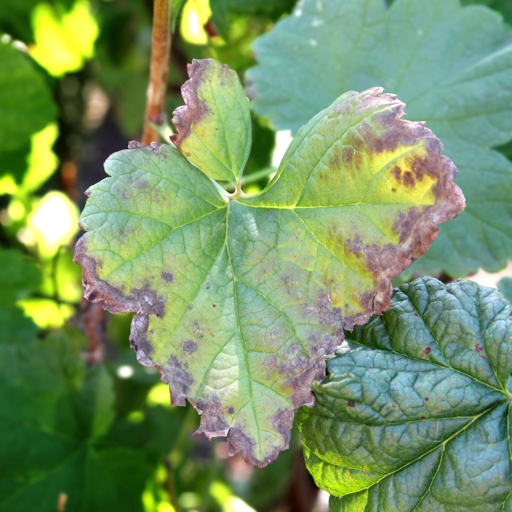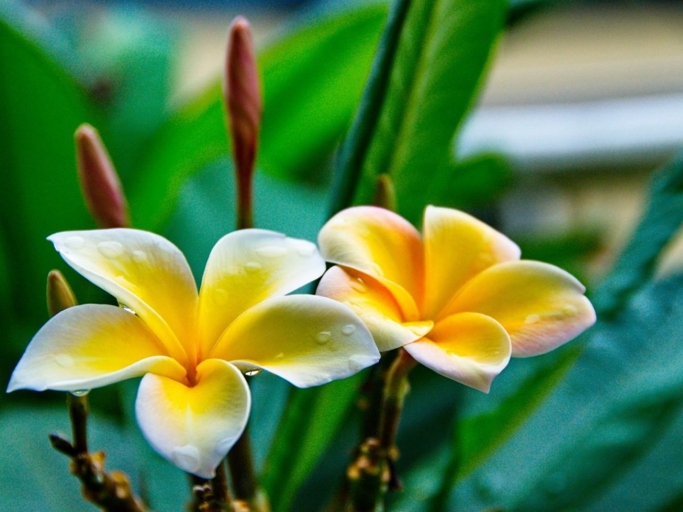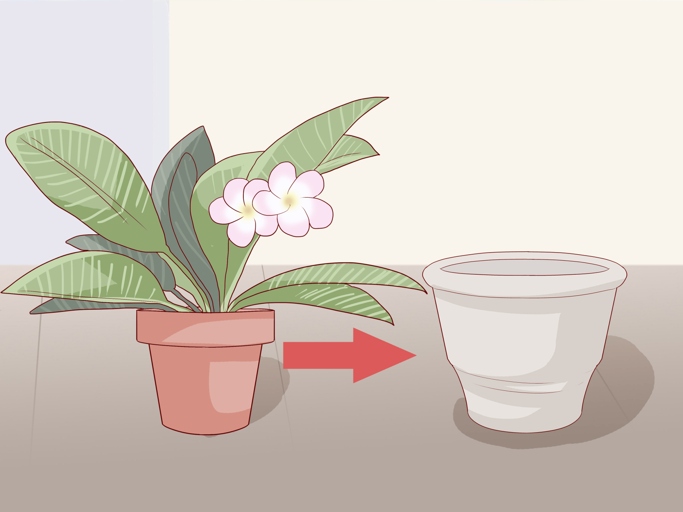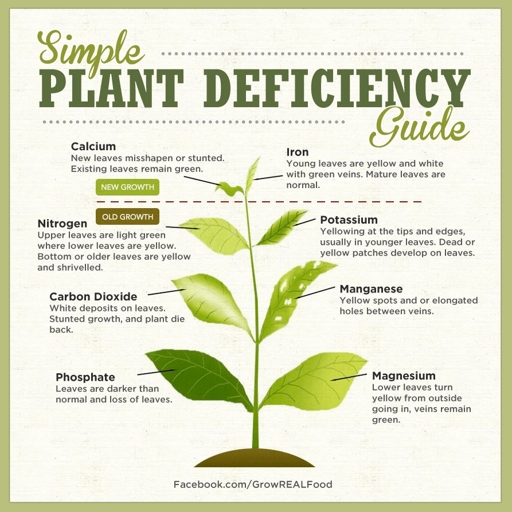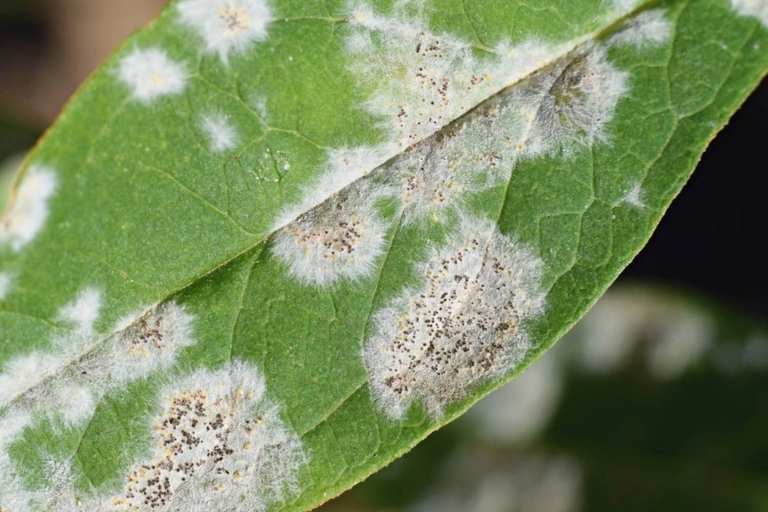If your plumeria is overwatered, it’s important to take quick action to save the plant. Here are 8 steps to help you save an overwatered plumeria:
1. Check the soil. If the soil is soggy or waterlogged, it’s a sure sign that your plumeria is overwatered.
2. Check the leaves. If the leaves are wilted or yellowing, it’s another sign that your plumeria is overwatered.
3. Check the roots. If the roots are mushy or have started to rot, it’s a clear sign that your plumeria is overwatered.
4. Take action to improve drainage. If your plumeria is overwatered, the first thing you need to do is improve drainage. This can be done by adding more drainage holes to the pot, or by moving the pot to a location with better drainage.
5. Allow the soil to dry out. Once you’ve improved drainage, you need to allow the soil to dry out. This can be done by withholding water for a week or two.
6. Monitor the plant closely. Once you’ve stopped watering and the soil has had a chance to dry out, monitor the plant closely. If it starts to wilt, it’s a sign that it’s still overwatered. In this case, you may need to repot the plant with fresh, dry soil.
7. Water only when necessary. Once your plumeria has recovered from being overwatered, it’s important to water only when necessary. This means allowing the soil to dry out completely between waterings.
8. Be patient. It can take several weeks or even months for an overwatered plumeria to recover. Be patient and don’t give up hope. With proper care, your plumeria will eventually bounce back.

